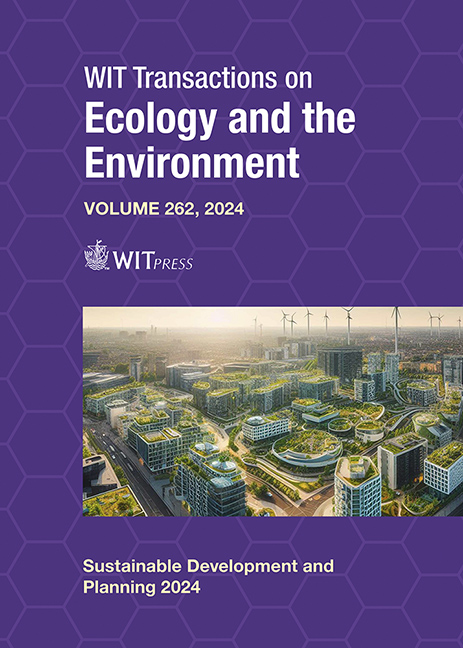INTEGRATED RURAL DEVELOPMENT AND ENVIRONMENT ISSUES IN INDONESIA: IS THE QUINTUPLE HELIX MODEL SUSTAINABLE?
Price
Free (open access)
Transaction
Volume
262
Pages
13
Page Range
451 - 463
Published
2024
Paper DOI
10.2495/SDP240381
Copyright
Author(s)
IDA WIDIANINGSIH, ABDILLAH ABDILLAH, QINTHARA MUBARAK ADIKANCANA, AHMAD ZAINI MIFTAH, ANGGIA UTAMI DEWI, RISNA RESNAWATY
Abstract
This research evaluates the feasibility of implementing the Quintuple Helix Development Model in Indonesia by analysing complex environmental issues and integrated rural development aspects. The Quintuple Helix method integrates government, academia, industry, civil society and the environment to advance sustainable development. To achieve long-term rural revitalisation and expansion, it is essential to incorporate organisations, industries and spatial characteristics into rural development. Effectively consolidating rural land and introducing new incentives are crucial for promoting structured land use and integrated urban–rural development. Key sustainability factors for integrated rural development include spatial and temporal characteristics, challenges associated with urban–rural integration and the impact of transportation infrastructure on rural industrial integration. Ensuring equal access to fundamental public services and adjusting institutional functions are vital for the successful integration of urban and rural communities.
Keywords
rural development practice, Quintuple Helix, social-ecology justice, Indonesia





